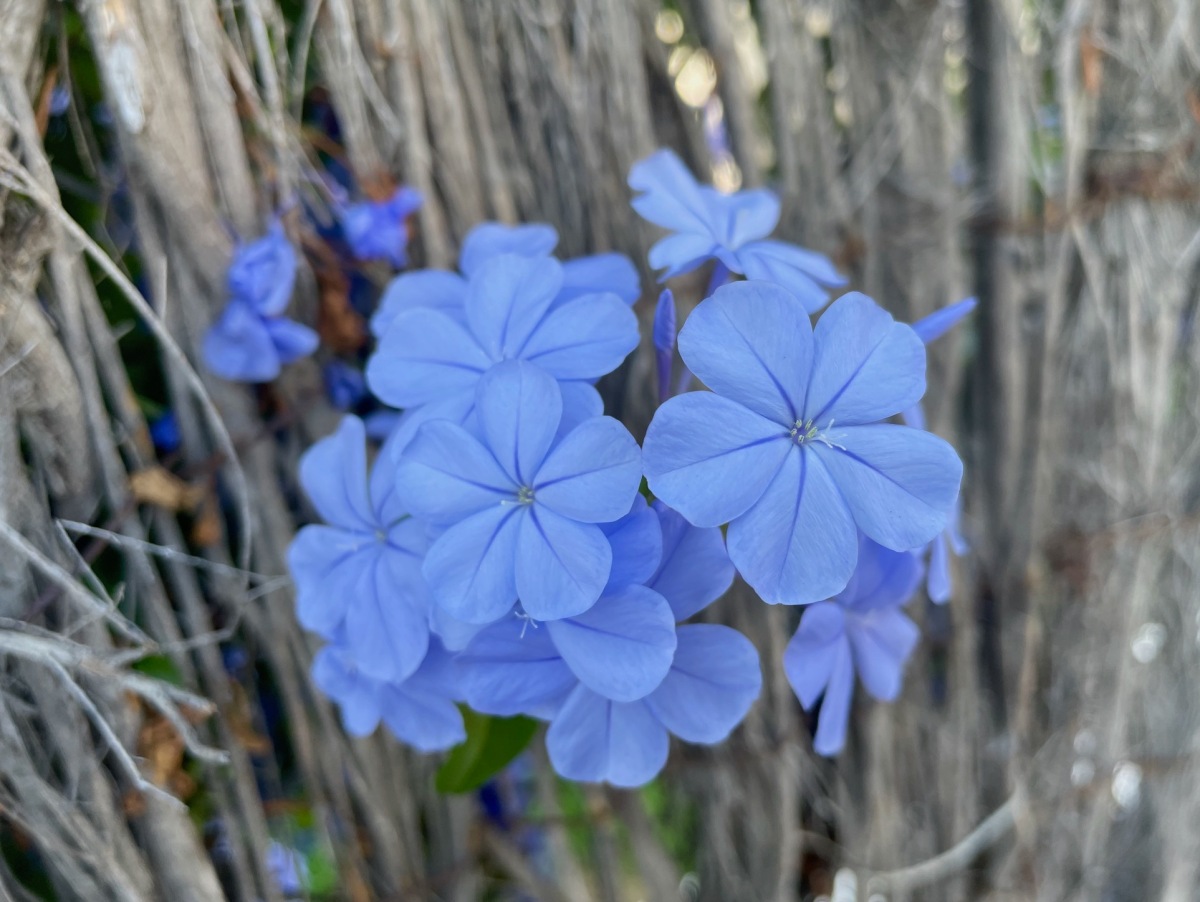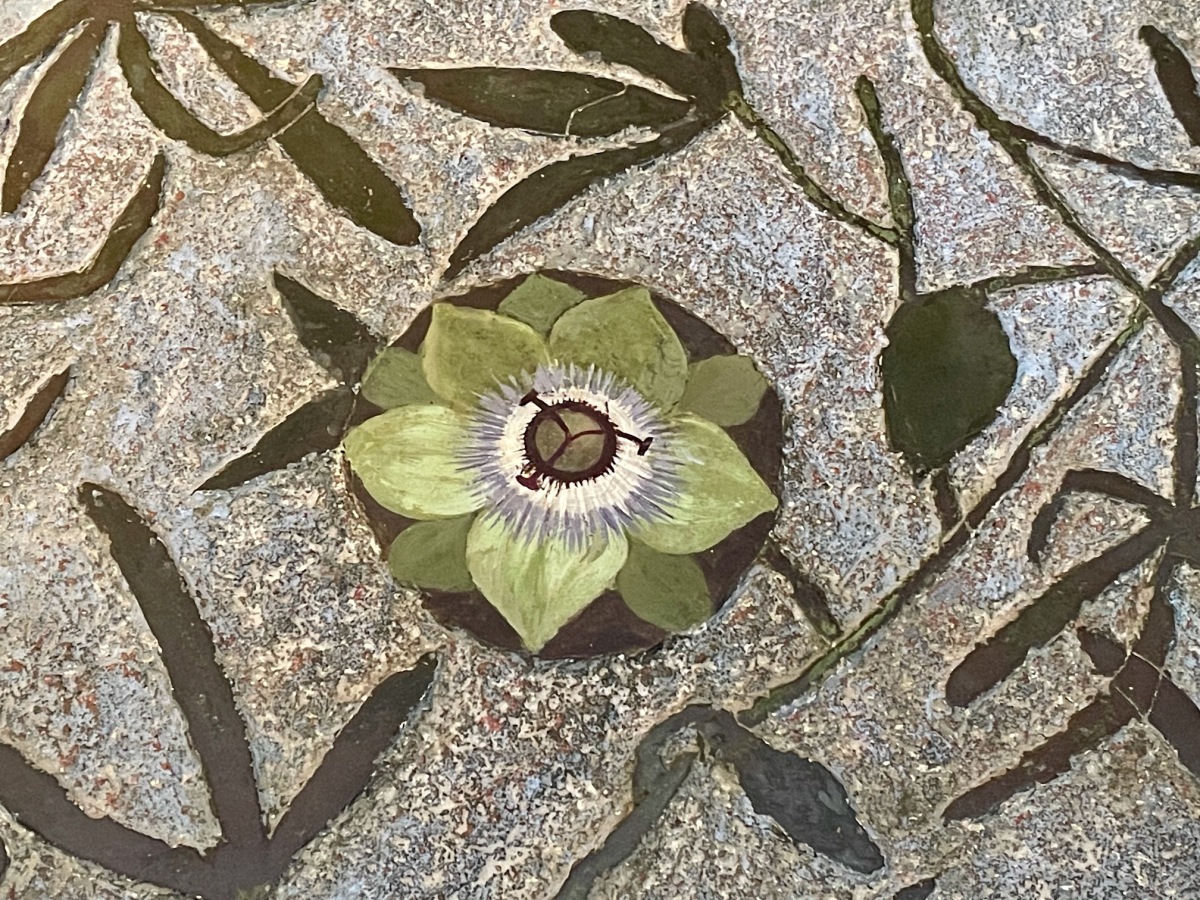Things have turned around one more time for me during my coaching training last year. I decided to explore the difficult emotion I am shying away from and I do not want to be with: feeling unsafe, vulnerable, confronted with uncertainty, not knowing what can happen. It is part of my heavy conditioning.
Answering the question for myself what I “cannot be with”, I was first trying to keep it at arm’s length. But one day into the “Balance” module of the co-active coaching education, I found myself willing to step into it, to be in it, and to explore it from time to time. I do not have to like it, of course. But being willing to face it is so important. How could I possibly ask my future coaching clients to go there, if I cannot face my own difficult emotions?
It is not as easy as it might sound, though.
There is no act of courage that does not involve taking risks, uncertainty and being emotionally exposed. Vulnerability is actually courage.
Brené Brown (quote from Lewis Howes podcast)
We face uncertainty and unsafety every day, in different aspects of life. A war – even though far away – shaking us to the core. Democracy at stake after elections brought extremists to power. Desasters happening. Life is fragile.
Suffering is all around us and it is difficult to not let it touch us emotionally. Of course, we feel for others, we are all interconnected. Difficult situations are triggering what we would rather prefer to avoid.
The willingness to be with what I previously thought I cannot be, is already a good first step. It feels like setting the right course. This is intense stuff, but “we can do hard things” (Brené Brown). We can actually do so much more than we think we are capable of.
A more recent reminder about what it means to “be with it” came when reading Norma O’Kelly’s beautifully phrased LinkedIn post – I could relate to her words so well.
Trying to figure out where to move next and how, what to do. What is my path?
I definitely agree with her that learning only happens when we are in a dark place. Last year I have grown a lot exactly because of that, while waiting for it to get better, to pass. And the darkness did pass, it always does.
Of course I know this, I’ve experienced it before, but when you are right in the very moment going through tough times, it feels frustrating and often scary.
Not all storms come to disrupt your life – some come to clear your path.
Paulo Coelho
How to comfort myself during this lonely time of growth? Very good question.
I guess it is about sticking with it and enduring it, knowing full well that this is what growth is about, and that we all undergo phases of ups and downs in our life.
And most importantly, to have trust in ourselves and self-compassion for being human and having doubts.
As my psychologist put it: the human mind is programmed to uphold the current situation. Change is persona non grata. Change does upset the balance and is risky hence the inner saboteur shows up questioning my decisions and plans.
Yes, it is risky and scary to change or even to leave my comfort zone, not knowing how things will turn out.
To fully embrace growth, we must be willing to venture into the unknown.
Yung Pueblo
Here we go again: Uncertainty. My difficult emotion.
Re-visiting it, stepping into it more consciously and enduring the upcoming feelings of self-doubt will be my chosen exercise for the next time.
Knowing all this means: Giving myself some leeway, staying close to my feelings, paying attention to the signals. No self-punishment for being imperfect, not following the impulse to rush forward and take a rash decision.
Allowing things to unfold in their own time. Waiting for the path to reveal itself to me once I start walking on it. Even though it feels unnerving to endure it, to wait. But it takes as long as it takes. Accepting this is part of the game. In fact, that is a real test in this age of expecting instant gratification and perfect solutions.
Taking the decision to do this will probably be the starting point for things to get into motion – something I experienced before. Things are constantly changing. I am constantly changing.
There is no reason to fear that a tough situation and all connected rollercoaster emotions will linger on forever. It just doesn’t. The mind just tends to forget it. So I need to always remind myself about it.
And yes, it feels lonely and frustrating to figure it out. The doubts come back questioning if I am doing it right. If I use my time wisely.
We need to be grateful for what we are given. For every opportunity that we have to spread love and kindness, and as well for everything we can learn during the dark times in our lives.
Venturing into the unknown, once again.
Ralph Waldo Emerson
“Whatever you do, you need courage. Whatever course you decide upon, there is always someone to tell you that you are wrong. There are always difficulties arising that tempt you to believe your critics are right. To map out a course of action and follow it to an end requires some of the same courage that a soldier needs. Peace has its victories, but it takes brave men and women to win them.”
Some food for thought:
What is your difficult emotion? Can you imagine to step into it for a while?
How do you deal with the loneliness of the growth journey? What helps you to push through?
How do you handle the ever present uncertainty in your life? What do you need to endure it and hang in there?


